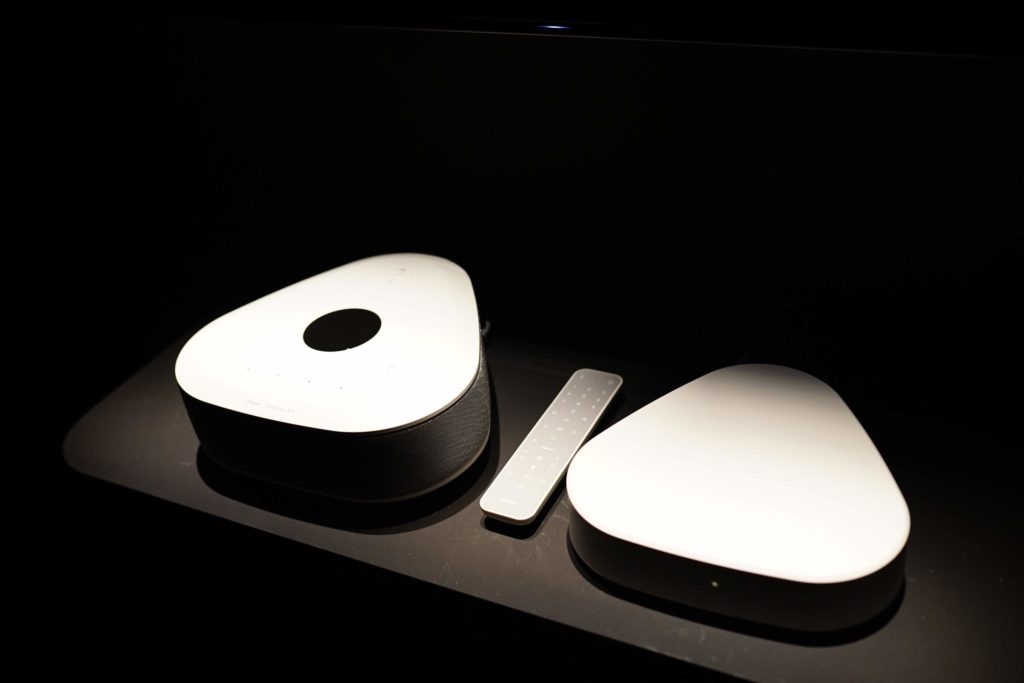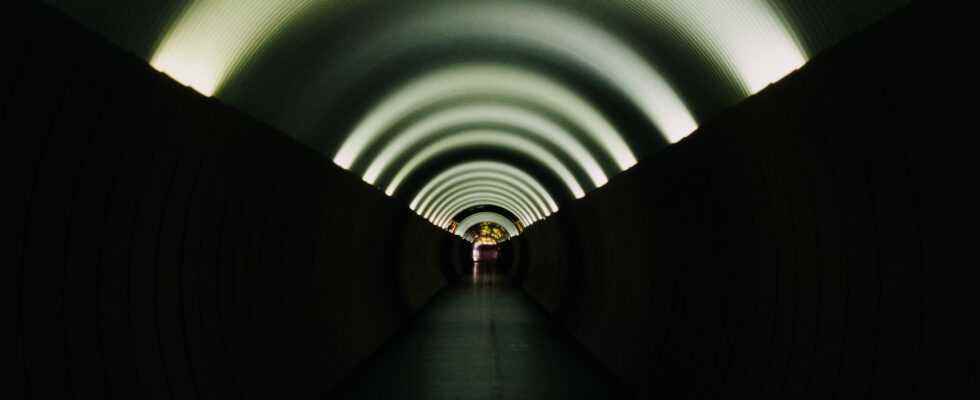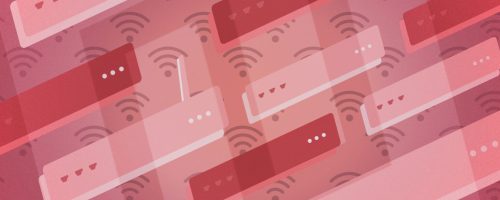Free announces the arrival of a more efficient Wi-Fi with the Freebox Delta. But obtaining this new generation of wireless access requires being a new customer or replacing current equipment.
Operators are increasingly converting to Wi-Fi 6E. After Bouygues Telecom and Orange, it’s Free’s turn to position itself. The Internet service provider announces on June 7, 2022 the arrival of a new version of the server in the Freebox Delta offer, which will make it possible to offer significantly higher speeds than with the previous generation of Wi-Fi.
The arrival of this new generation of Wi-Fi is made possible by the update of the French regulations, in December 2021. This update makes it possible to operate Wi-Fi on a new frequency band, 6 GHz, which comes in addition to the two bands already used (2.4 GHz and 5 GHz). In short, this offers a new communication path for Wi-Fi.
How to get Wi-Fi 6E with the Freebox Delta?
However, there is a catch: to benefit from Wi-Fi 6E, which is the name designating Wi-Fi that can be deployed on the 6 GHz band, you need compatible hardware. Free has planned for this by preparing a compatible server for the Freebox Delta, which will automatically be offered to its new customers subscribing from June 7, 2022. And for current free users?
An alternative solution will be offered this summer, but it will be chargeable. Count 49 euros to replace the server. This change is optional: if you consider that your throughput is sufficient, you can very well keep your current Server. You can also postpone this decision and choose to upgrade to Wi-Fi 6E (or wait for Wi-Fi 7 altogether).

In the case of a Fiber Freebox Delta subscriber with the appropriate equipment, Free indicates that Wi-Fi 6E makes it possible to reach download speeds of up to 2.5 Gbit/s, i.e. speeds up to 3 times higher faster than Wi-Fi 5. In practice, the experience will be more fluctuating, depending on various factors – such as the number of people connected to Wi-Fi.
Improving Wi-Fi connectivity is an important issue, because it is through this wireless technology that many people connect various equipment to the box – desktop computers, laptops, smartphones, game consoles, televisions and and so on. However, beyond the question of speed, there is the fact that the frequency bands are limited.
Despite two available bands, Wi-Fi is increasingly cramped. This is why it was decided to free up a new band in order to offload part of the traffic on a third channel. By placing themselves on the 6 GHz band, telecoms choose a portion of the radioelectric spectrum which has attractive characteristics, such as higher speeds.

